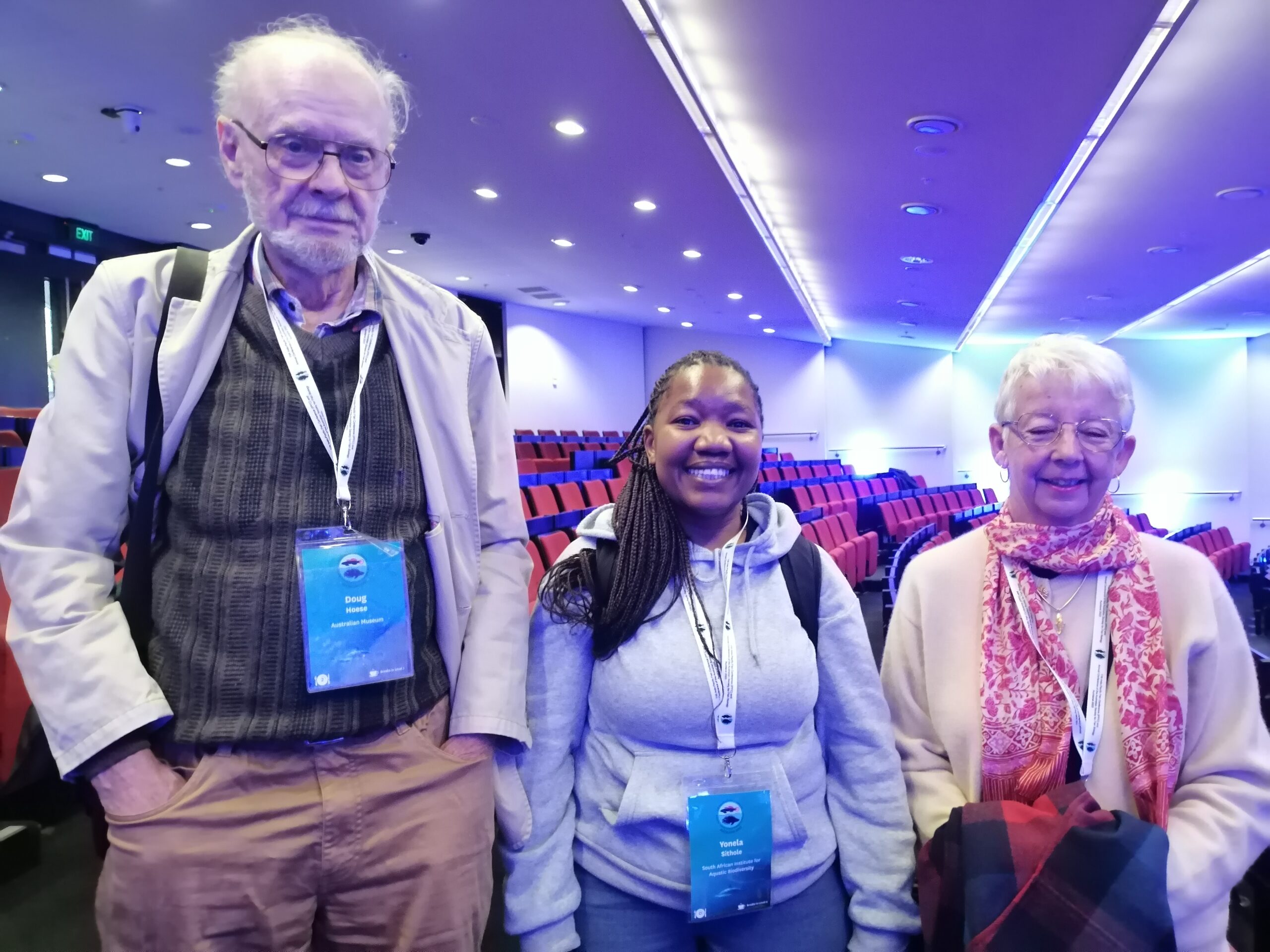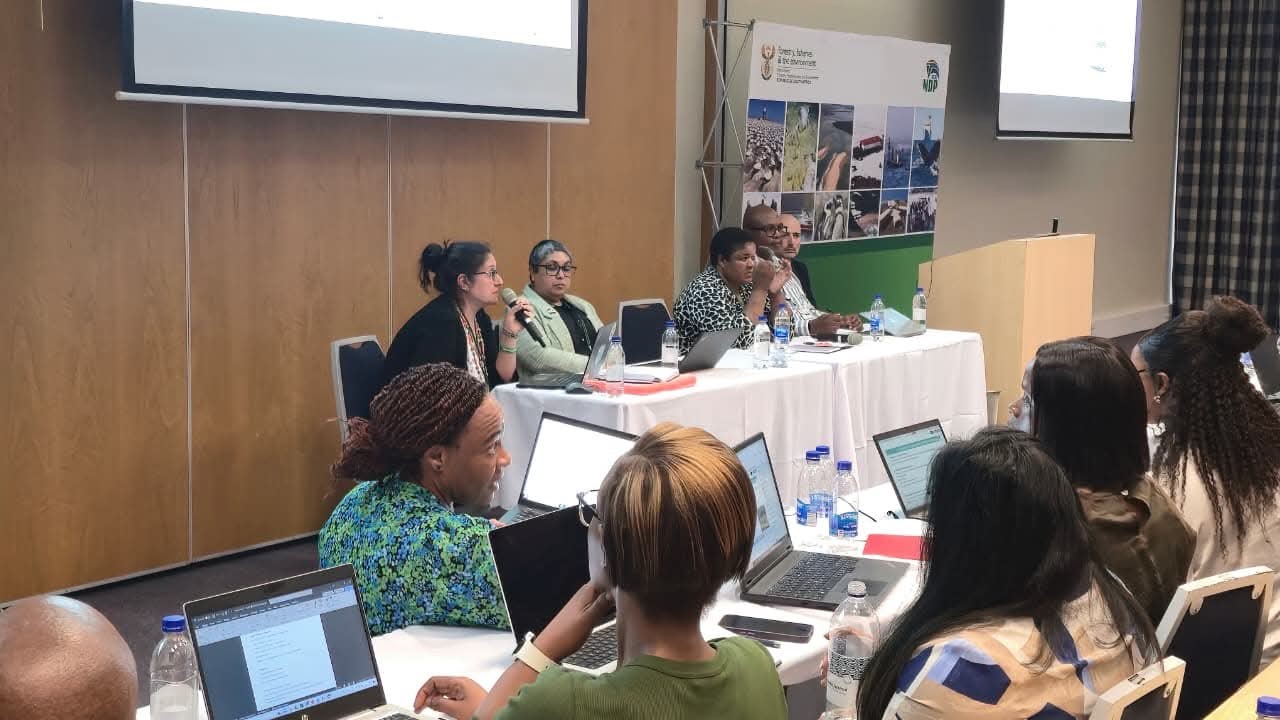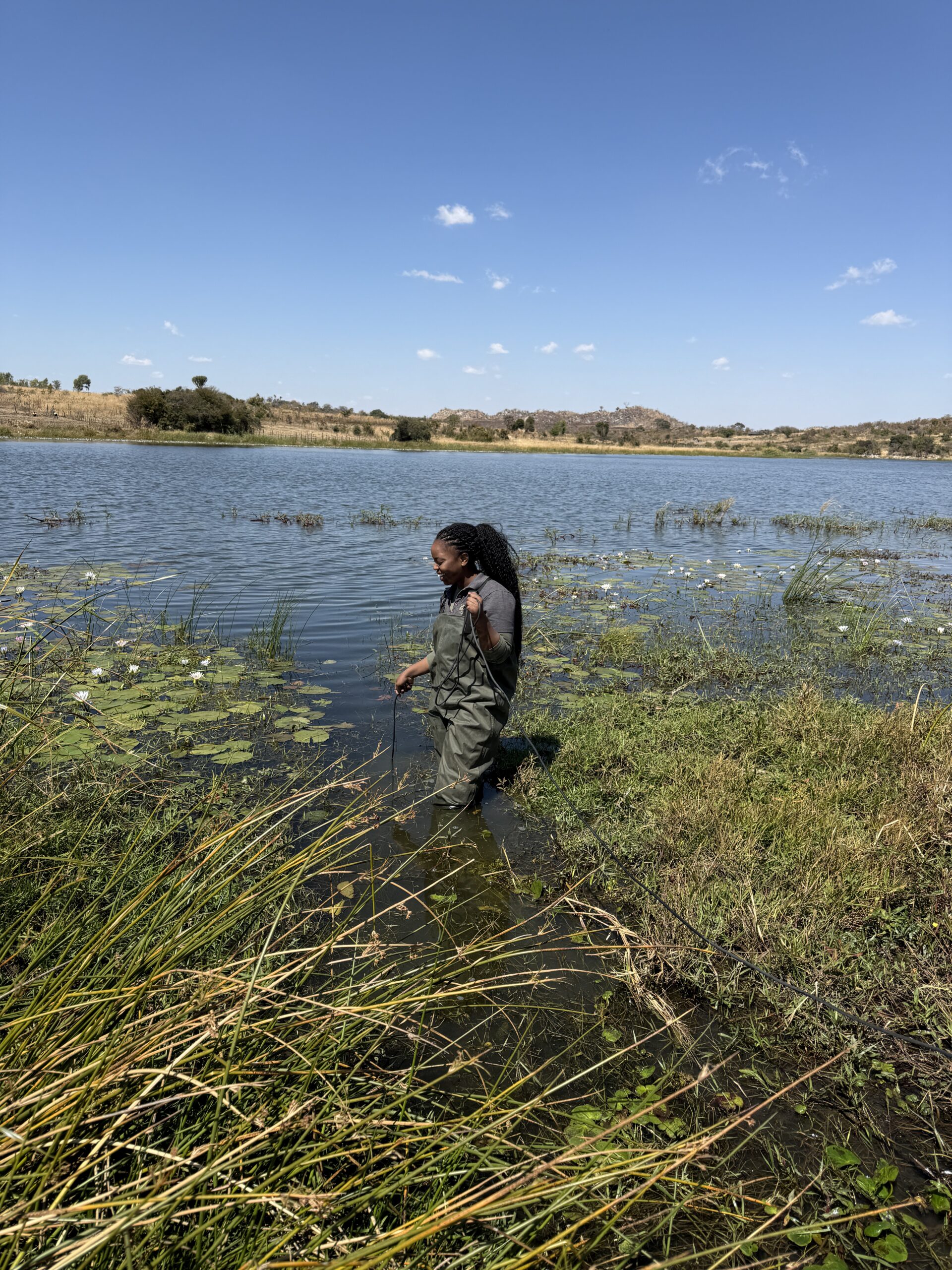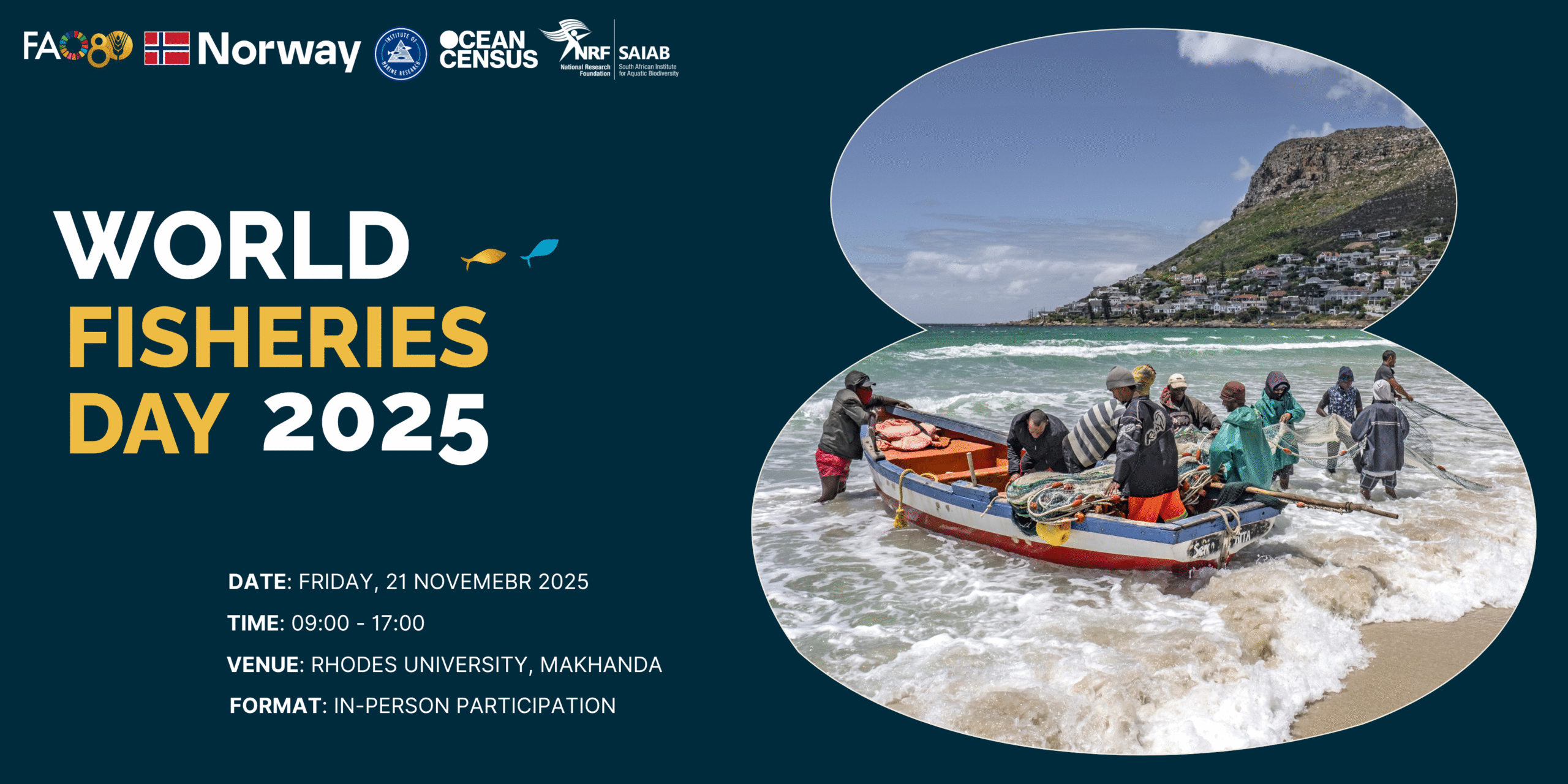By Yonela Sithole (NRF-SAIAB PDP Postdoctoral Fellow)
The Indo-Pacific Fish Conference (IPFC: https://www.ipfc11-asfb.ac.nz/) stands as a beacon for the global ichthyology community, bringing together marine, estuarine, and freshwater fish enthusiasts every four years. The recently concluded 2023 conference, co-hosted with the Australian Society for Fish Biology (https://www.asfb.org.au/) at the University of Auckland, New Zealand, provided a unique platform for researchers and experts to delve into the depths of fish-related discoveries. The conference was divided into five parallel sessions, showcasing the diverse array of fish research conducted in the Indo-Pacific region. One session that stood out was focused on the “Evolution, Taxonomy, and Biogeography of Indo-Pacific Fishes”, providing a thorough exploration of the complex world of fish species. The late NRF-SAIAB marine fish curator, Dr. Phillip Heemstra, was among the fallen pioneers of the conference who were remembered during the opening ceremony. Each day commenced with enlightening keynote presentations, featuring renowned scientists such as; Drs. Emily Lester, Jenn Caselle and Tony Smith including the Bleeker award winners, Dr. Geoff Jones and Dr. Douglas Hoese, a fish taxonomist with 60 years of experience shared insights, enriching the audience’s understanding of the field of taxonomy.
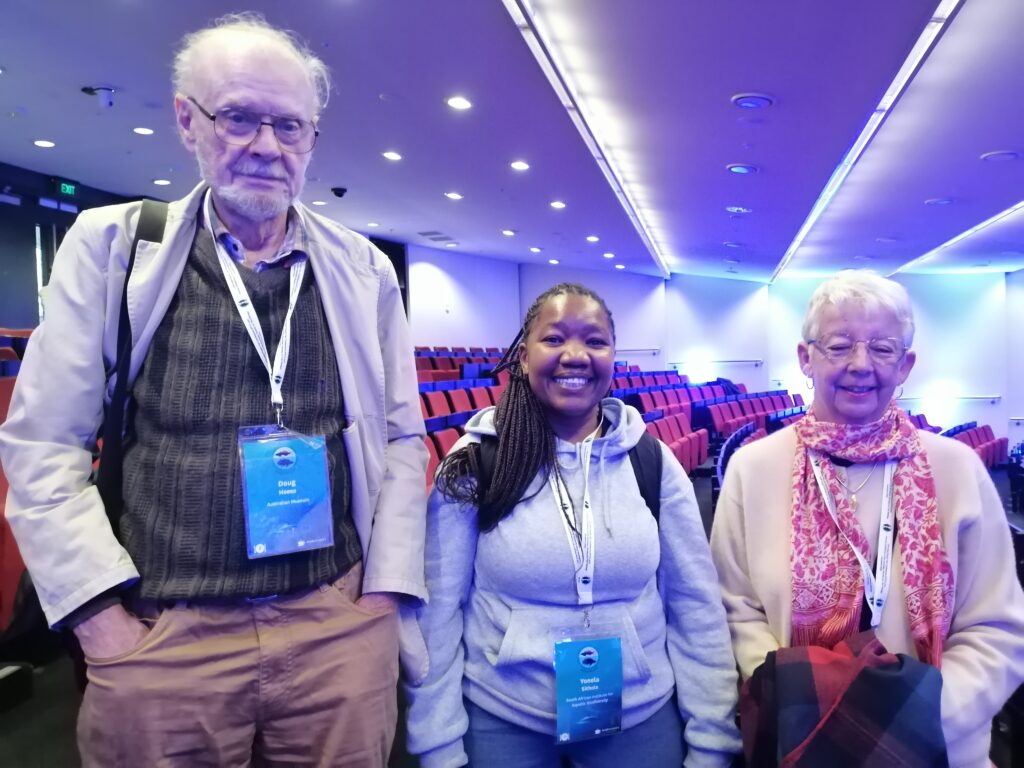
For many attendees, including myself, the IPFC holds a special place. Having made my debut in 2017 just after completing my master’s degree, this year’s conference, as a Post-Doctoral Fellow at NRF-SAIAB, marked a significant moment of personal and professional growth. For instance, the conference provided an opportunity for me to explore how advanced techniques such as whole genome sequencing and CT scans, along with advancements in leveraging Artificial Intelligence models for fish identification support are being used in the field of fish taxonomy, thereby expanding my understanding of the study.
My presentation at the conference focused on the hidden species diversity within the catfish genus Parauchenoglanis, using the integrative taxonomic approach – DNA analysis, colour patterns, and other external physical features (morphology). This presentation also highlighted the urgent need for increased sampling efforts of poorly explored river Basins in Africa and conservation measures for freshwater fishes. Throughout the poster sessions, I showcased NRF-SAIAB’s seminal 5-volume Coastal Fishes of the Western Indian Ocean (CFWIO: https://saiab.ac.za/publications/coastal-fishes-of-the-western-indian/) publication on the diversity of fishes in the Western Indian Ocean (WIO), which serves as an invaluable guide for scientists and fish taxonomists. This conference provided me with an opportunity to connect with the various individuals that contributed to the CFWIO publication, as well as fish curators and emerging fish taxonomists working on Indo-Pacific fishes.
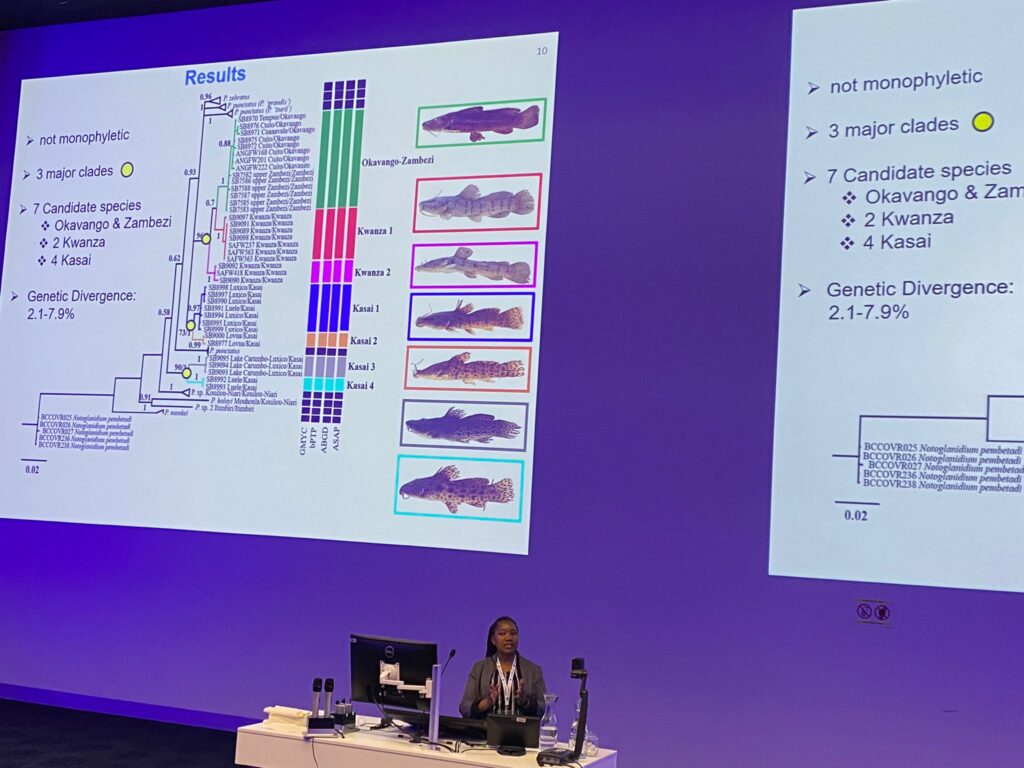
The Western Indian Ocean was represented by four individuals, three of whom were associated with SAIAB, including myself. This highlights the need for increased participation from this region in future conferences. By sharing my experiences and insights from the IPFC, I hope to inspire not only those involved in fish studies in the Western Indian Ocean but also those who would like to pursue a career in fish taxonomy. With the next IPFC scheduled for Taiwan in 2025, I encourage researchers to seize the opportunity to contribute, connect, and gain a deeper understanding of the fascinating world of Indo-Pacific fishes.
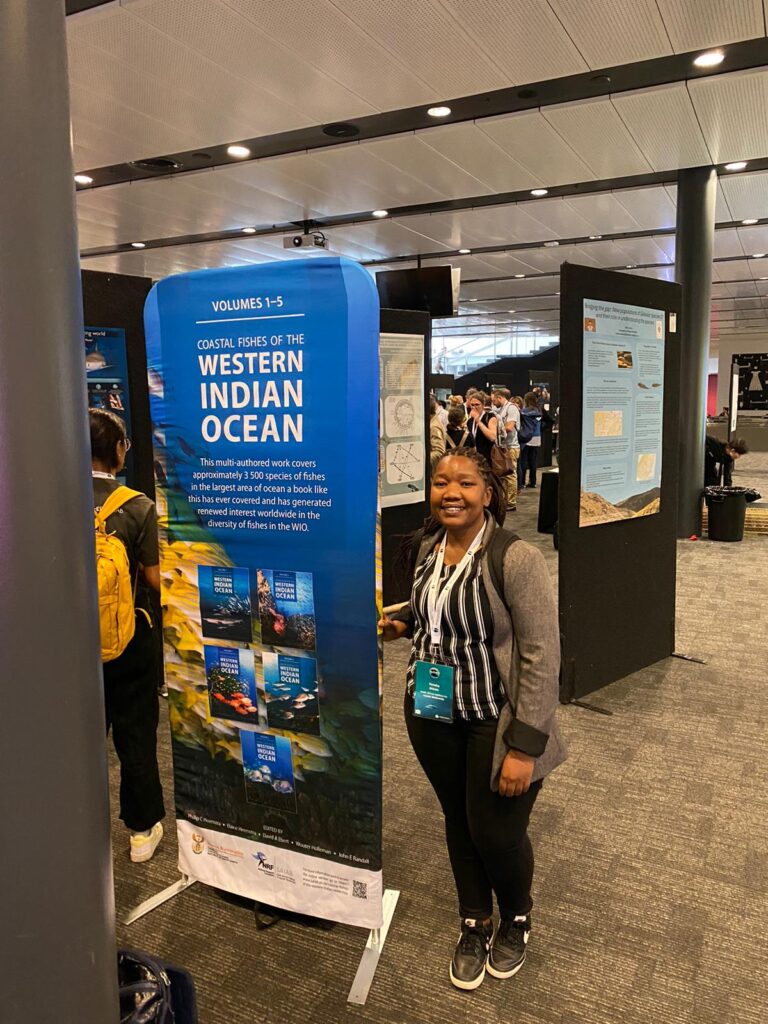
For me, the IPFC 2023 was not just a conference but a transformative journey, fostering knowledge exchange, collaboration and a shared passion for the diverse ichthyofauna of the Indo-Pacific region. Thank you to the NRF-South African Institute for Aquatic Biodiversity for funding my attendance.
